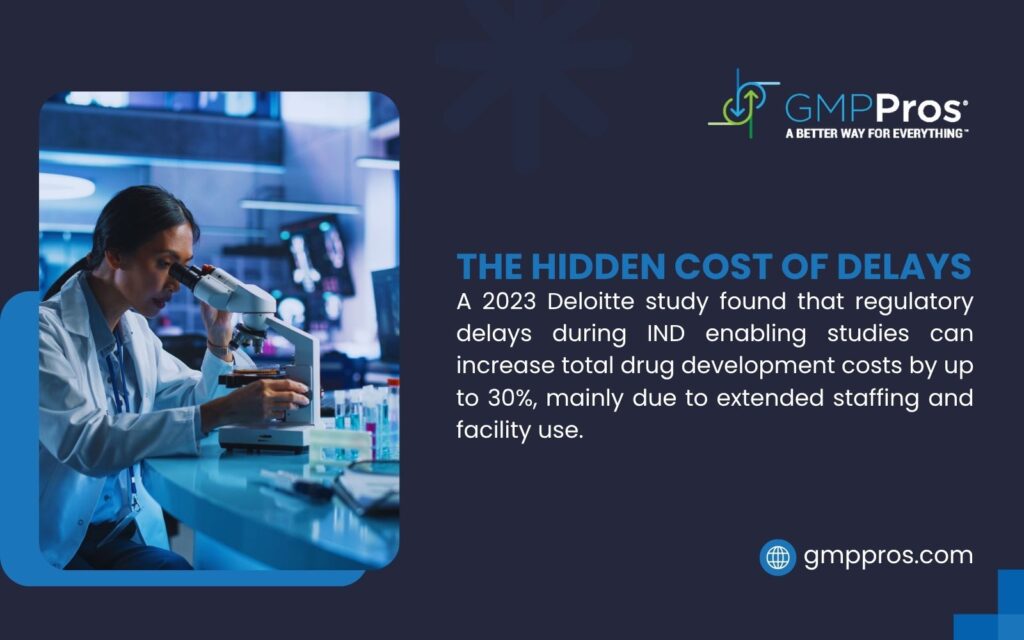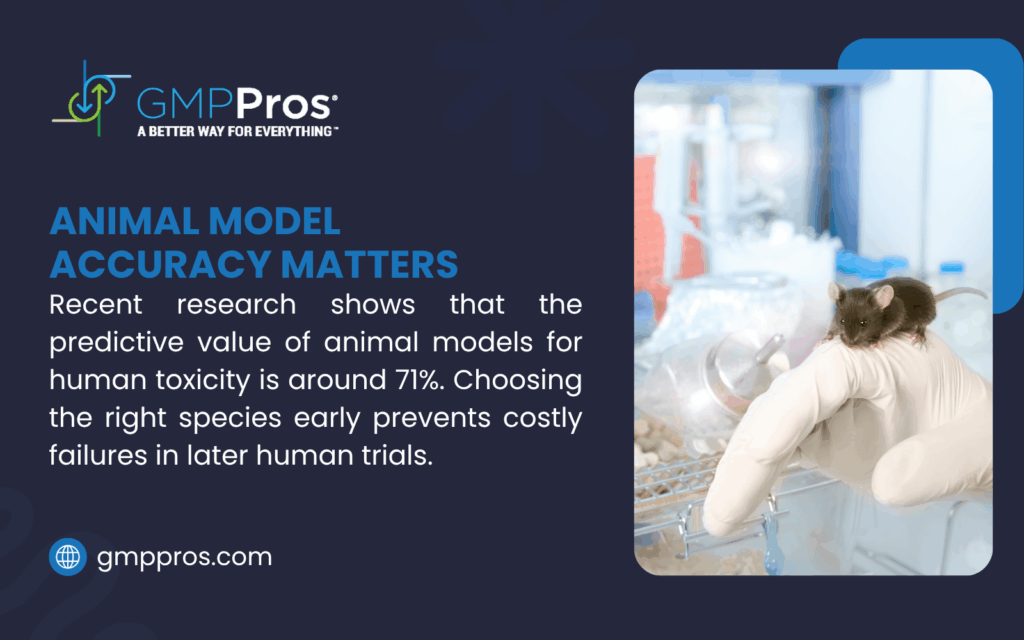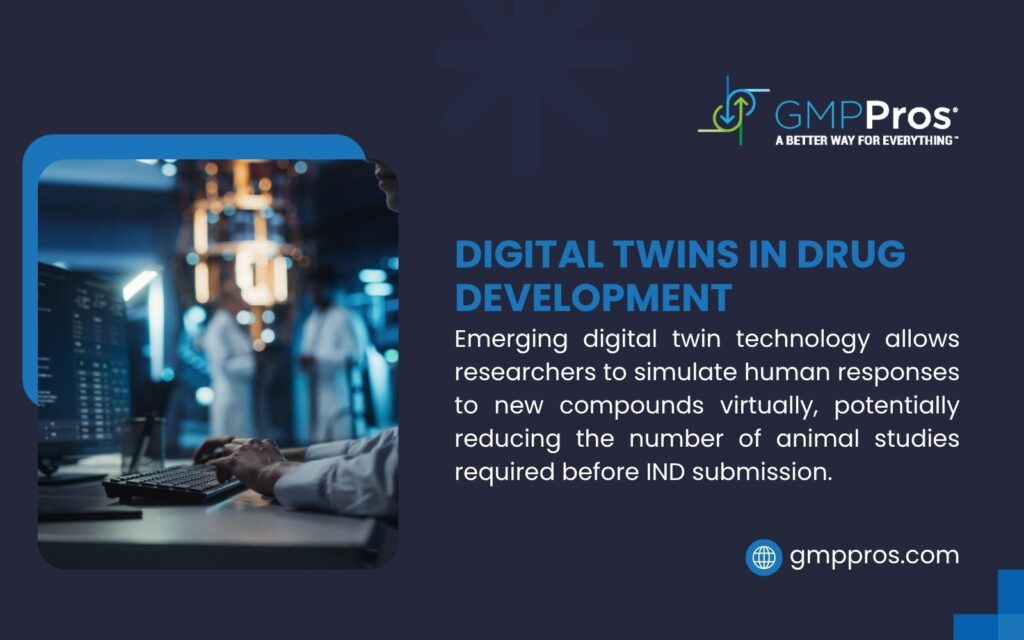A recent study by BioPharma Services found that good planning and execution of IND-enabling studies are vital for moving through the drug development process well and increasing the chances of IND approval. The main challenge facing drug companies is the complex coordination needed between pharmacology, toxicology, and regulatory science teams.
Your ind enabling studies serve as the critical bridge between preclinical research and human clinical trials. Companies that skip proper planning in this phase often face regulatory delays, increased costs, and failed IND submissions that can derail entire development programs.
What Are IND Enabling Studies?
IND enabling studies are preclinical tests that provide the safety and effectiveness data needed for Investigational New Drug applications. These studies show that your compound is reasonably safe for initial human testing and has enough drug activity to justify clinical development.
The FDA needs complete preclinical data before approving first-in-human studies. Your IND enabling studies package must include animal drug tests, safety studies, and manufacturing information that addresses potential safety concerns.
Study Component | Primary Purpose | Regulatory Focus |
Safety Pharmacology | Organ system effects | Cardiovascular, CNS, respiratory |
Toxicology Studies | Dose-limiting toxicity | Maximum tolerated dose |
Pharmacokinetics | Drug disposition | Absorption, metabolism, excretion |
These studies typically take 18 months to complete and require careful coordination between multiple scientific disciplines. Manufacturing efficiency improvements during this phase can significantly impact both timeline and cost management.
Electronic batch record implementation often begins during IND enabling studies to establish data management systems for clinical production. This early integration supports seamless transition to clinical manufacturing.
Core Study Requirements
Successful IND enabling studies address three basic safety areas that regulatory agencies check closely. Your study package must show cardiovascular safety, central nervous system effects, and breathing function impacts.
Safety pharmacology forms the main part of IND enabling studies. These tests check your compound’s effects on vital organ systems using standard protocols and proven animal models.
A 2024 analysis found that IND-enabling studies should be clinically relevant and should collect preclinical data aligned with the rationale of future clinical trials. This alignment prevents costly delays and regulatory questions.
Study Type | Duration | Key Endpoints |
Cardiovascular Safety | 2-4 weeks | Blood pressure, ECG parameters |
CNS Assessment | 1-2 weeks | Behavioral observations, motor function |
Respiratory Evaluation | 1-2 weeks | Breathing rate, oxygen saturation |
Safety studies find safe starting doses for human trials. Your package must include both single and repeat-dose studies in two species to establish safety margins.
Companies working with pharma compliance needs often put in data quality monitoring systems during this phase. These systems track study progress and keep regulatory documentation standards.
Manufacturing process improvement activities run at the same time as safety studies. Process development teams use IND enabling study timelines to make production methods better and set quality specifications.
Regulatory Strategy and Planning
Your IND enabling studies directly affect regulatory pathway selection and approval timelines. The FDA’s 30-day review period starts only after complete study packages meet submission requirements.
Early regulatory meetings help make study designs better and prevent common submission problems. Pre-IND meetings give valuable guidance on specific study needs for your treatment area.
Charles River research shows that IND-enabling studies secure approval to conduct the first-in-human clinical trials with a new drug. These studies must show drug exposure in the body and identify safety gaps between working and toxic doses.
Regulatory Milestone | Timeline | Success Factors |
Pre-IND Meeting | 3-6 months before submission | Clear development plan |
IND Submission | 30-day FDA review | Complete data package |
Study Initiation | After FDA clearance | Protocol approval |
International coordination becomes important for global development programs. European Medicines Agency requirements often differ from FDA expectations, requiring adapted study approaches.
Companies developing 505b2 drugs may reference existing safety data to reduce IND enabling study requirements. This strategy can significantly shorten development timelines and reduce costs.
Mes implementation supports regulatory data management throughout the IND enabling phase. Automated systems ensure consistent documentation and facilitate submission preparation.
Study Design and Execution
Good IND enabling study design balances regulatory needs with development speed. Your study protocols must address specific safety concerns while creating data that supports clinical trial design.
Good Laboratory Practice compliance stays required for all important safety studies. GLP standards make sure data quality and regulatory acceptance of study results.
A systematic analysis found that preclinical success rates average 10.5%, emphasizing the importance of robust study design. Well-planned IND enabling studies improve these success chances.
Dose selection methodology directly impacts study outcomes and clinical translation. Range-finding studies establish appropriate dose levels for definitive safety assessments.
Study Element | Design Consideration | Impact on Timeline |
Species Selection | Regulatory requirements | 2-4 weeks planning |
Dose Range | Safety margin establishment | 4-8 weeks testing |
Study Duration | Regulatory guidance | 2-14 weeks execution |
Animal welfare considerations require careful study planning and facility selection. Modern facilities use innovative monitoring systems to ensure quality and effective late-stage studies.
Target product profile requirements influence IND enabling study design parameters. Clear TPP specifications help focus studies on clinically relevant endpoints.
Tech transfer pharma activities coordinate with study timelines to ensure manufacturing readiness. Process validation often occurs parallel to safety testing.

Manufacturing and CMC Considerations
Chemistry, Manufacturing, and Controls needs form a critical part of IND enabling study packages. Your manufacturing data must show consistent product quality and the ability to scale up.
Process development costs for biological drugs represent 13-17% of total R&D budgets from preclinical through approval. Early investment in strong manufacturing processes pays benefits throughout development.
Method development for testing supports both manufacturing and safety study needs. Proven testing methods help accurate dose preparation and biological assessments.
Manufacturing Aspect | IND Requirements | Quality Impact |
API Specification | Purity and identity | Product consistency |
Formulation Development | Stability and bioavailability | Clinical performance |
Scale-up Strategy | Process robustness | Commercial viability |
Companies implementing sap manufacturing execution systems during this phase establish quality management frameworks. These systems provide real-time monitoring and automated deviation management.
Stability studies begin during IND enabling phases to support clinical trial material specifications. These studies establish storage conditions and expiration dating.
Regulatory manufacturing project management consulting helps coordinate CMC activities with safety study timelines. Professional guidance prevents delays and ensures compliance.
Clinical Translation and Planning
IND enabling studies provide the scientific foundation for first-in-human clinical trial design. Your preclinical data directly affects starting doses, safety watching, and dose increase strategies.
Drug movement data from animal studies helps predict human exposure levels. Body scaling and body-based drug modeling support dose translation.
Recent research shows that the average cost to develop a new drug ranges from $172.7 million to $879.3 million depending on success rates and capital costs. Strong IND enabling studies help reduce these expenses.
Translation Factor | Animal to Human | Clinical Impact |
Starting Dose | Safety margin application | Patient safety |
Monitoring Plan | Toxicology findings | Adverse event detection |
Escalation Strategy | Dose-response data | Efficacy optimization |
Safety margins established in IND enabling studies determine clinical trial design parameters. Adequate safety margins support faster dose escalation and shorter trial durations.
Life science project management consulting provides expertise in clinical trial planning. Professional guidance helps translate preclinical findings into effective clinical strategies.
Biotechnology project management consulting offers specialized support for biologic development programs. These products often require unique IND enabling study approaches.
Risk Management and Mitigation
IND enabling studies face many potential risks that need proactive management strategies. Study failures, regulatory delays, and manufacturing issues can significantly impact development timelines.
Poor safety studies represent one of the most common IND enabling study mistakes. Complete safety checks prevent regulatory hold situations and clinical trial delays.
A Noble Life Sciences analysis identified three primary risk factors: inadequate study scope, poor timeline management, and cost underestimation. Professional CRO support helps reduce these risks.
Contingency planning helps address potential study complications. Backup strategies for study failures or unexpected findings maintain development momentum.
Regulatory guidance changes can impact ongoing IND enabling studies. Regular monitoring of FDA guidance documents helps adapt study approaches before issues arise.
Animal health project management consulting provides specialized expertise for veterinary pharmaceutical development. These products face unique regulatory and safety challenges.
Quality management systems track study progress and identify potential issues early. Proactive monitoring prevents small problems from becoming major delays.

Technology Integration and Automation
Modern IND enabling studies leverage advanced technologies to improve efficiency and data quality. Digital systems support study management, data collection, and the preparation of regulatory submissions.
Automated data capture systems reduce manual errors and accelerate study timelines. Electronic laboratory notebooks provide real-time visibility into study progress and results.
Artificial intelligence applications help optimize study design and predict potential issues. Machine learning models can identify optimal dose levels and study durations.
Cloud-based collaboration platforms support global study coordination. Multiple sites can access study data and protocols simultaneously, improving communication and consistency.
Manufacturing execution systems coordinate production activities with study timelines. Integrated systems ensure clinical trial materials are available when needed.
Data analytics help identify study trends and potential issues before they impact timelines. Advanced monitoring provides early warning of problems requiring attention.

Professional Support and Expertise
GMP Pros specializes in helping pharmaceutical manufacturers design and execute winning IND enabling study programs that maximize approval probability while minimizing development risks. Our embedded consulting approach ensures your team has the expertise needed for successful regulatory outcomes.
Contact GMP Pros today to learn how our preclinical development experts can optimize your IND enabling studies and accelerate your path to clinical trials.

